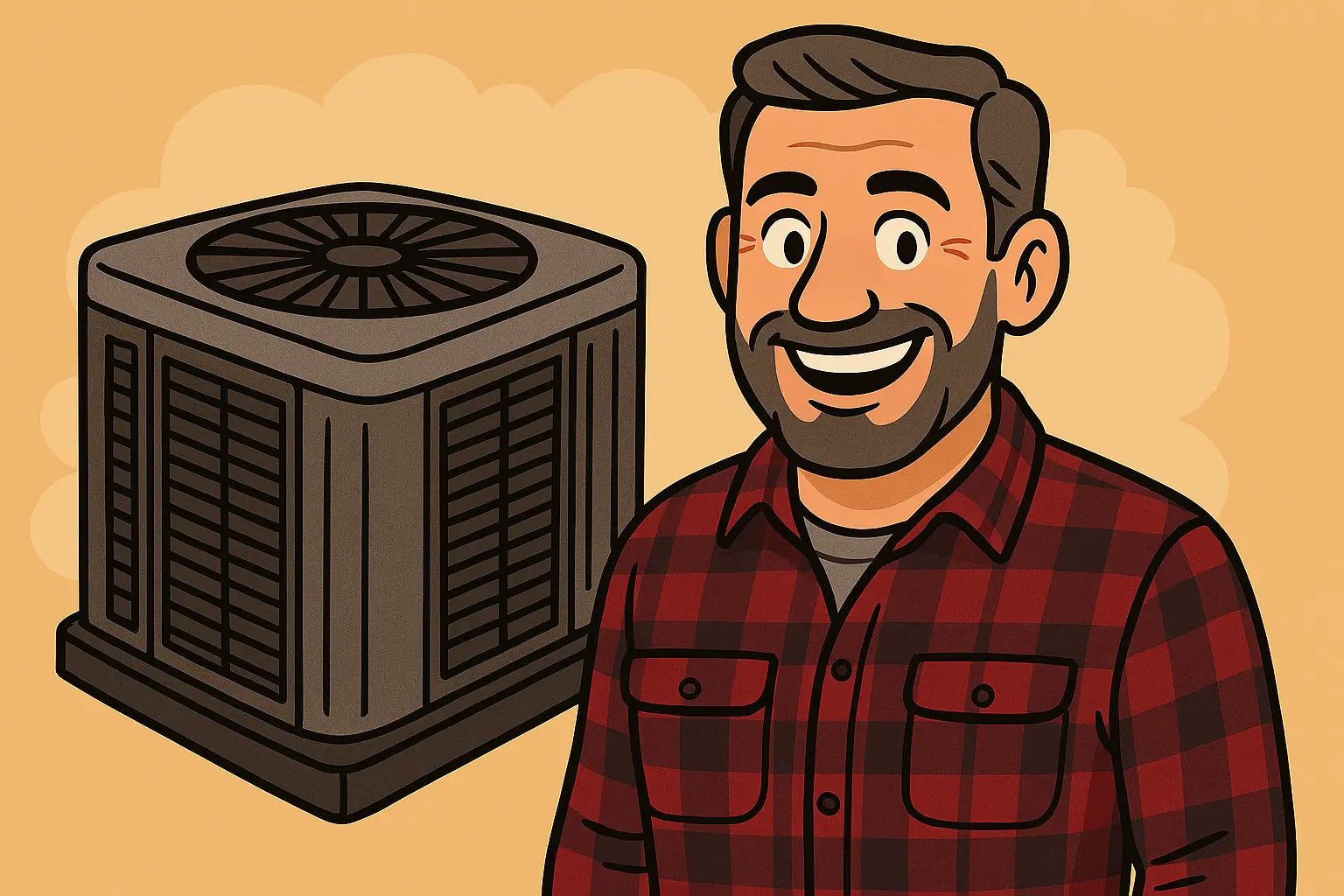The Problem Hiding in Your Walls and Attic
Most people don’t think about their ductwork. It’s out of sight, buried behind walls or up in the attic. But if your ducts are leaking, they’re quietly wasting energy and making your HVAC system work overtime. According to the U.S. Department of Energy, 20–30% of the air that moves through duct systems is lost due to leaks, holes, and poor connections. That’s money, comfort, and performance slipping through the cracks.
1. Energy Loss That Hits Your Wallet
Let’s get right to the bottom line: leaky ducts cost you money. When conditioned air escapes before it ever reaches the rooms in your home, your central AC has to run longer and work harder to make up for it. The longer it runs, the more electricity it uses—and the more you pay.
In homes with central AC systems, especially older homes or those with ducts in unconditioned spaces like attics or garages, sealing those leaks can reduce cooling costs by up to 20%, according to Energy Star.
2. Humidity Problems That Lead to Bigger Issues
Leaky ducts don’t just let cool air out—they can also suck humid air in. When your return ducts pull in moist, unconditioned air from attics, crawlspaces, or basements, your system struggles to maintain proper indoor humidity. That can lead to:
-
Muggy air, even when the AC is running
-
Musty smells from mildew and microbial growth
-
Clammy skin and poor indoor air quality
Over time, excess humidity can cause wood to warp, paint to peel, and even lead to mold growth inside your ducts or on your evaporator coil, according to ASHRAE.
3. Comfort That’s All Over the Place
If some rooms in your house are too hot while others feel like a meat locker, duct leaks could be the reason. Uneven airflow is one of the most common symptoms of a poorly sealed duct system.
When ducts leak, the pressure in your system drops, and that means:
-
Weaker airflow at the vents farthest from your AC unit
-
Hot and cold spots that make temperature control a guessing game
-
Loud whooshing or hissing sounds as the system tries to compensate
If your thermostat says 72°F but it feels like 80 in the bedroom and 68 in the kitchen, sealing your ductwork can help restore balance.
4. What Causes Leaky Ducts in the First Place?
Leaks can form in several ways:
-
Age and wear – Ducts can rust, disconnect, or sag over time
-
Poor installation – Gaps, crushed sections, or bad seals from the start
-
Rodents or pests – Chewed insulation and punctured metal or flex ducts
-
Vibration – Years of blower motor vibration can loosen connections
That’s why it’s important to have your duct system inspected if you’re experiencing issues—especially in homes over 10 years old.
5. How to Tell if You Have Leaky Ducts
Here are some red flags:
-
Your energy bills keep creeping up, even with no thermostat changes
-
Your AC runs longer than usual to hit your set temperature
-
You notice dust around vents, even right after cleaning
-
You hear whistling sounds near ducts or feel air blowing where it shouldn’t
-
Rooms are uneven in temperature despite good system maintenance
A licensed HVAC technician can perform a duct leakage test or blower door test to confirm where the losses are happening. This is especially helpful before investing in a new AC system.
6. Fixing the Problem: Duct Sealing Options
DIY Options:
-
Use foil-backed tape (not duct tape!) to seal small visible gaps
-
Apply mastic sealant on joints and seams
-
Wrap ducts in insulated sleeves to prevent thermal losses
Professional Solutions:
-
Aeroseal technology: A high-tech method that pressurizes the system and seals leaks from the inside out. Proven and fast.
-
Full ductwork redesign or replacement if the layout is undersized or outdated
If you’re not sure where to start, consult a certified HVAC contractor with experience in duct sealing. According to HVAC.com, a professional job can significantly improve system efficiency and longevity.
7. Is Duct Sealing Worth the Investment?
Yes—and not just for energy savings. It’s also about indoor comfort, system lifespan, and peace of mind. Properly sealed ducts help your AC deliver conditioned air exactly where it’s supposed to go, no detours.
In fact, Angi reports that duct sealing, when done correctly, can pay for itself in 3–5 years through reduced utility bills alone.
Wrap-Up: Don’t Ignore Your Ducts—They’re Doing Heavy Lifting
Sealing your ductwork might not be as flashy as upgrading to a high-SEER2 air conditioner, but it’s one of the most impactful things you can do to improve system performance and comfort. Think of your ducts like the arteries of your HVAC system—if they’re leaky, nothing else works quite right.
Ready to upgrade or seal your central AC setup? Explore energy-efficient systems at The Furnace Outlet. Whether you’re sealing ducts or starting fresh, it pays to make your airflow count.
Thinking of pairing your central AC with a smart thermostat? Visit my guide: Get It Wired Right the First Time.
Until next time,
- Mike, your cool HVAC neighbor







